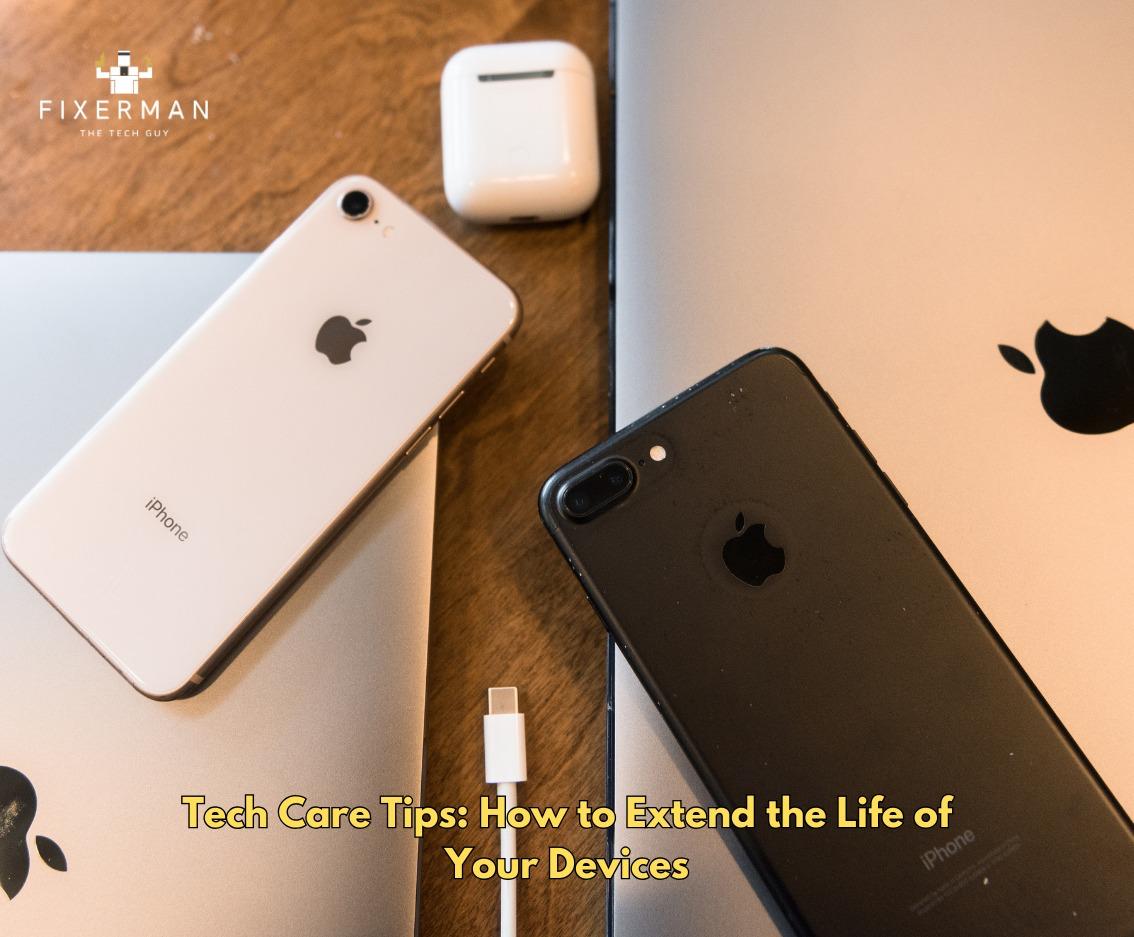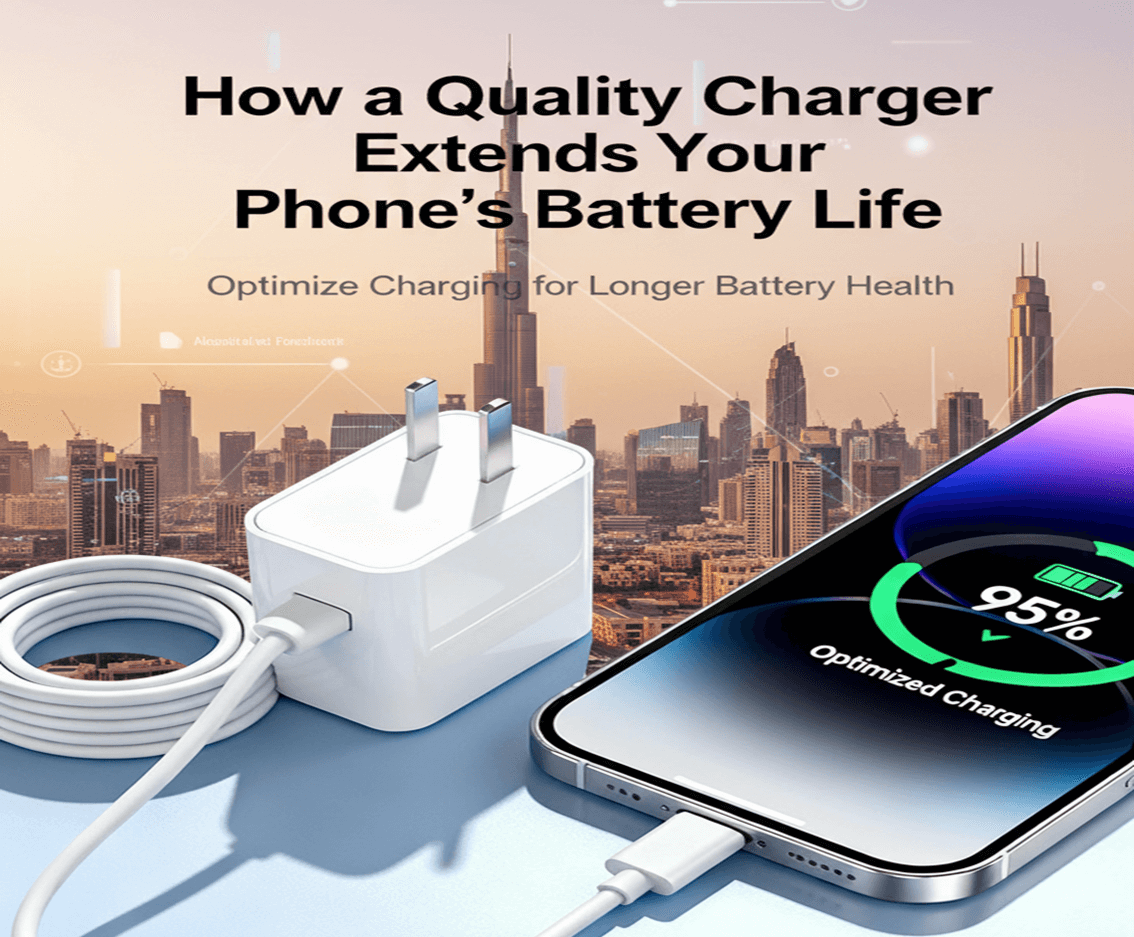Over the past couple of months, most of us have been stuck inside our homes protecting ourselves and our families from a highly contagious virus. Our only option to continue stay connected to family, friends and co-workers have been through a tech device and a Wi-Fi connection in a corner of choice in our homes. Whether it is a check-in with your grandparents, a friend’s wedding ceremony, or a quarterly budget meeting, our reliance on online video conferencing platforms such as zoom, skype, facetime, google meets have sky rocketed. As educational institutions like schools and universities continue to remain partially or fully closed along with offices to help reduce the spread of the virus, our houses and apartments are slowly turning into a new kind of home base with video conferencing becoming our primary method of communication.
Internet Capacity
Video conferencing has taken off greatly as it helps people ‘see’ one another as opposed to audio conferences using traditional telecommunication methods. Within the first month of the pandemic there were 2.5 million times more downloads for apps like Zoom than Facebook, Snapchat and Tiktok. Even Microsoft reported skype usage to have gone up 134% during the same time. This raises an interesting question on about how much of this increased usage by people globally can be handled by the internet. Netflix, YouTube, Amazon and Apply all decided to reduce their quality of their respective streaming services in Europe to help handle this increased demand. Most countries luckily however did not have to do this as they were equipped to handle the increase in traffic. Part of the reason being that instead of going from point to point as traditional old telephone system, the internet routing system takes the path of least resistance in a way, so that if there is indeed a congestion in one path, the internet can simply shift that traffic to another one.
Virtual Safety
With all this new emerging traffic for conducting day to day activities, the natural question on everyone’s mind is security. How safe is it for children to be on video conferencing platforms or to conduct business meetings through them, and what is the right precautionary methods to take, are some of the understandable concerns amongst users. Weak passwords, an insecure Wi-Fi connection and phishing scams are some of the common ways that users have been compromised in the past, including instances were inappropriate content was broadcasted into video conferences like Zoom. The bottom line is that if your work or school provides a virtual private network (VPN), you should definitely be using that, however with so many people logging in from big government agencies and big businesses, it is interesting to see how much the bandwidth will be tested in the coming weeks and months ahead.
Tech fighting Corona
Countries like the UAE have been at the forefront of adopting technologies to fight the pandemic. Most Dubai residents has already witnessed the use of autonomous drones for disinfection purposes in crowded areas and as a tool to warn residents and remind them about social distancing guidelines.
In the face of a global crisis, the big tech giants like Apple and Google did something that they almost never do – work together. On April 10th, 2020, both companies announced a contact tracing project to help slow down the spread of the coronavirus. The system works by using automatically logging all the people you have come in contact with using Bluetooth, and logging this information autonomously so that in case any of these people ever tests positive then you will be alerted to quarantine yourself. Apple and Google have made the API available to public health agencies around the world and the apps used by most authorities around the world currently have this system built into it.
Apart from software, even cutting-edge hardware is being used in fight against Covid-19. While everyone is probably already familiar with the use of thermal cameras and temperature guns, wearable tech is currently being used in hopes of detecting the virus early on. The NBA has bought 2000 smart rings which are made by Oura Health, as part of their COVID-19 safety plan. The League offered them to players in the anti-COVID-19 bubble at Disney World, where the players are expected to finish the rest of the season. Inside the bubbles, the NBA is using the rings to predict if someone might be developing symptoms of an illness like COVID-19. The problem is there is no way any disease including COVID-19 via wearables is possible yet, so this is an active area of research and development.
Screen Fatigue
Video calling apps while also functionally important for productivity, it is also equally important for our mental health and over all well-being. The opportunity to connect with one another can decrease the feelings of isolation and loneliness, but as weeks go by in isolation it’s understandable to find it exhausting to keep up with their daily video calls whether it’s for work or for their personal lives. Not everyone is emotionally equipped to be on all the time and so when we’re constantly needed to connect with one another weather for work or whether we’re being encouraged to do that just to stay well that can also bring about feelings of anxiety for a lot of people.
It is important that we begin to differentiate between the quantity of screen time and the quality of screen time, the most harmful form of screen time is mindlessly scrolling through social media or the Internet, in contrast there are active engaged forms of screen time. For example, if you were to watch the nightly news and discuss that with your partner, alternatively if you were to watch a documentary with your child treated as a learning experience and have a discussion. Finding balance is key during these times and that means something different to each individual, some may need more time to disconnect from technology others they you should listen to your body and assess which virtual interaction and how much of it makes you feel positive emotions and cut down on the ones that bring about negative feelings.











